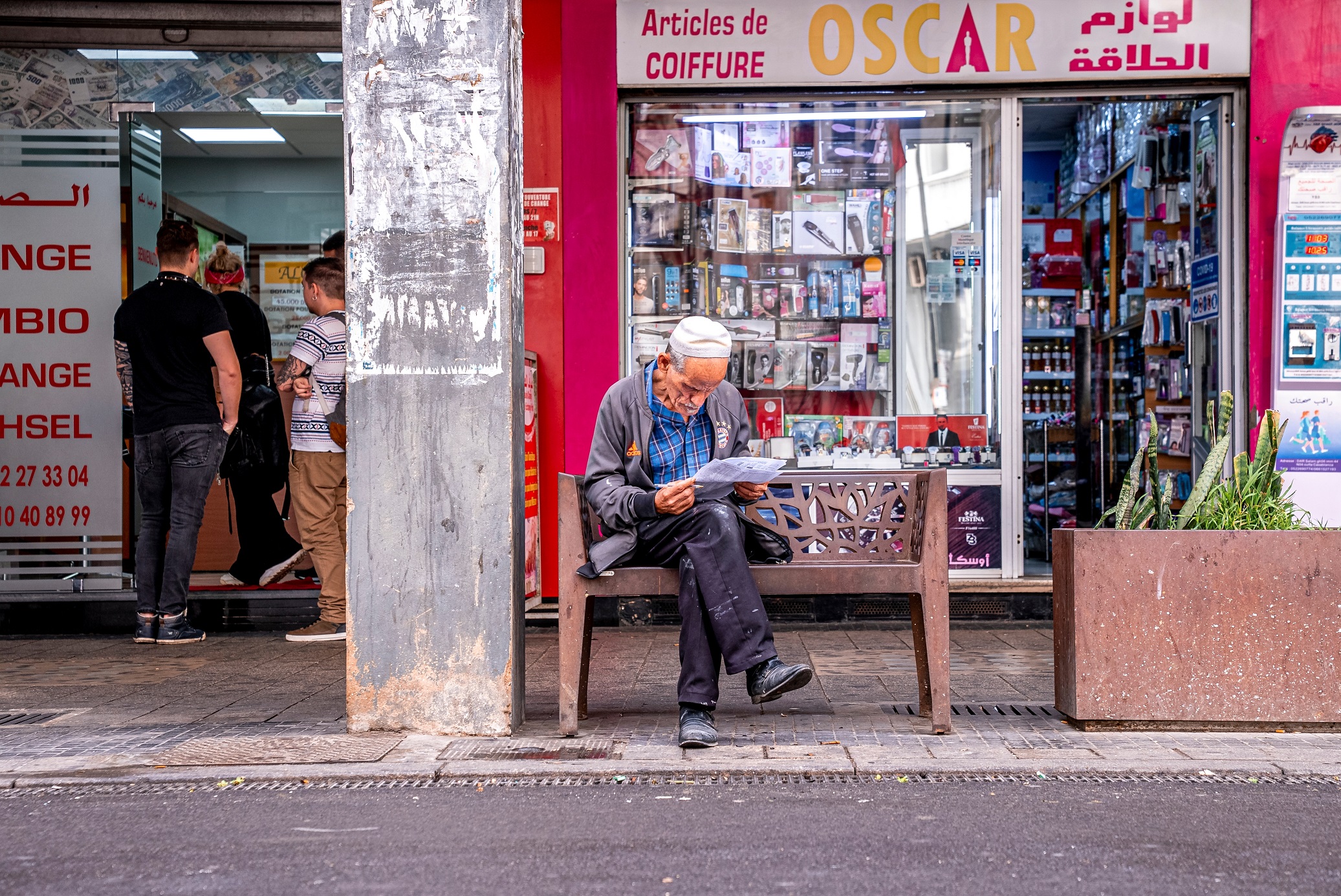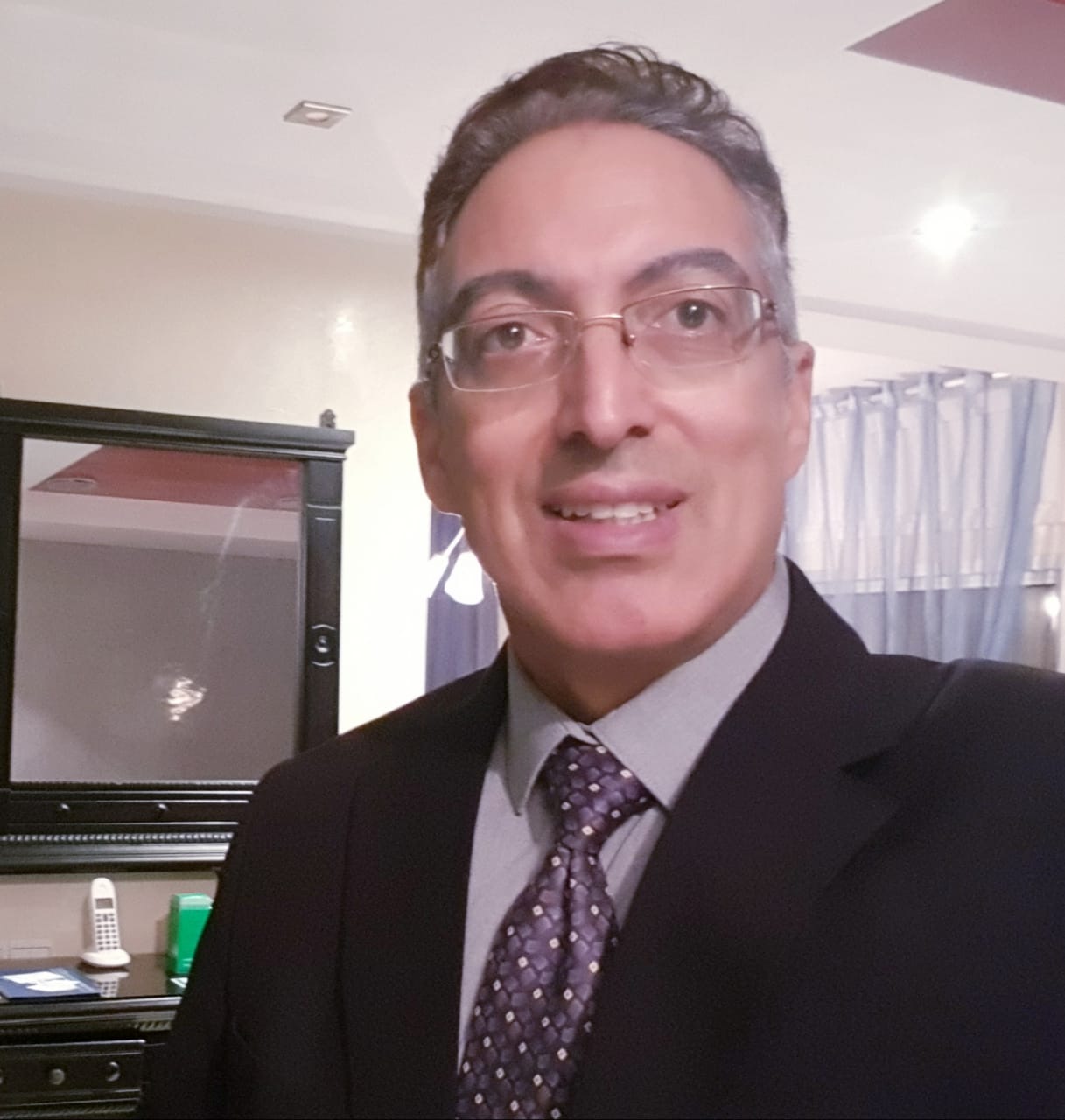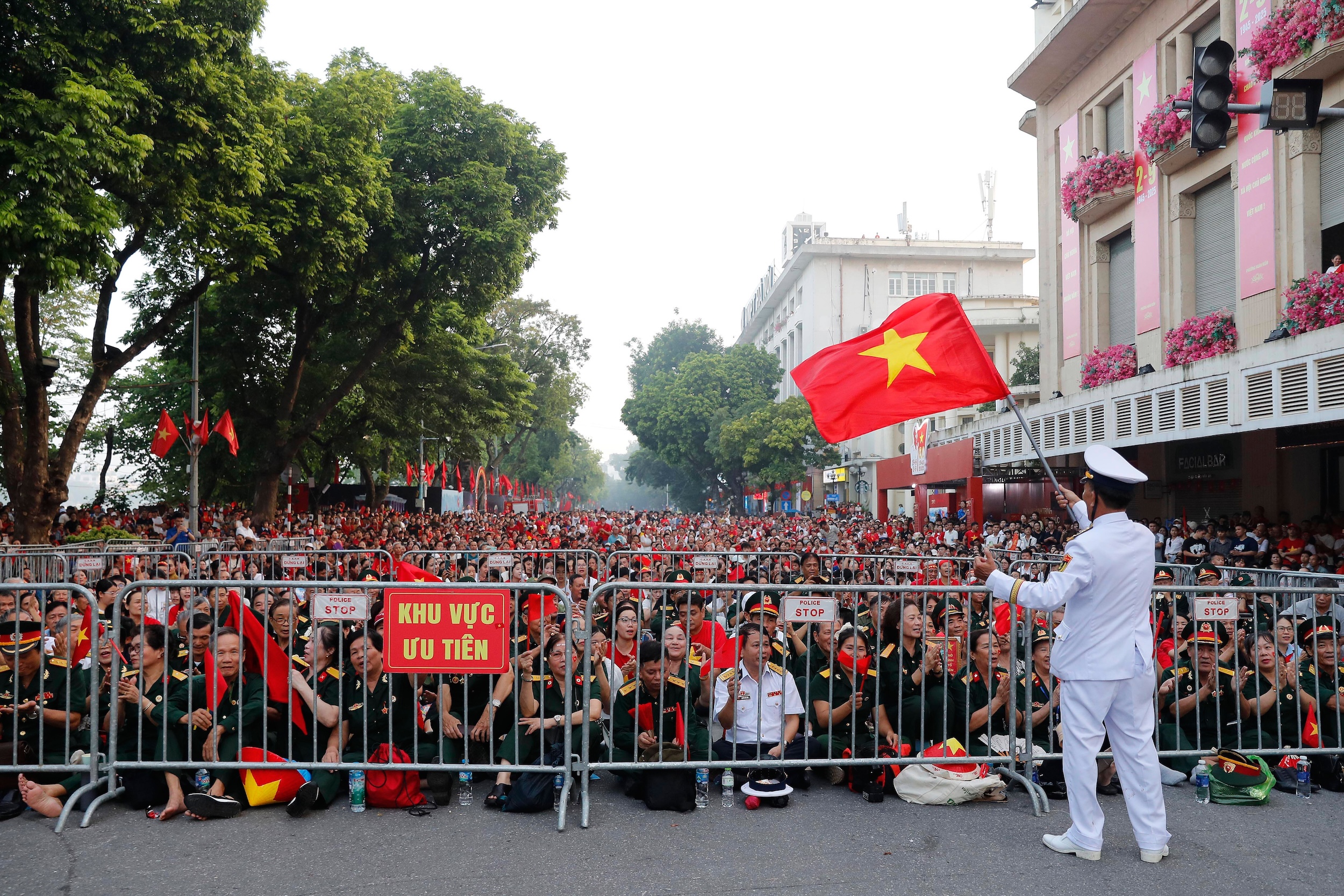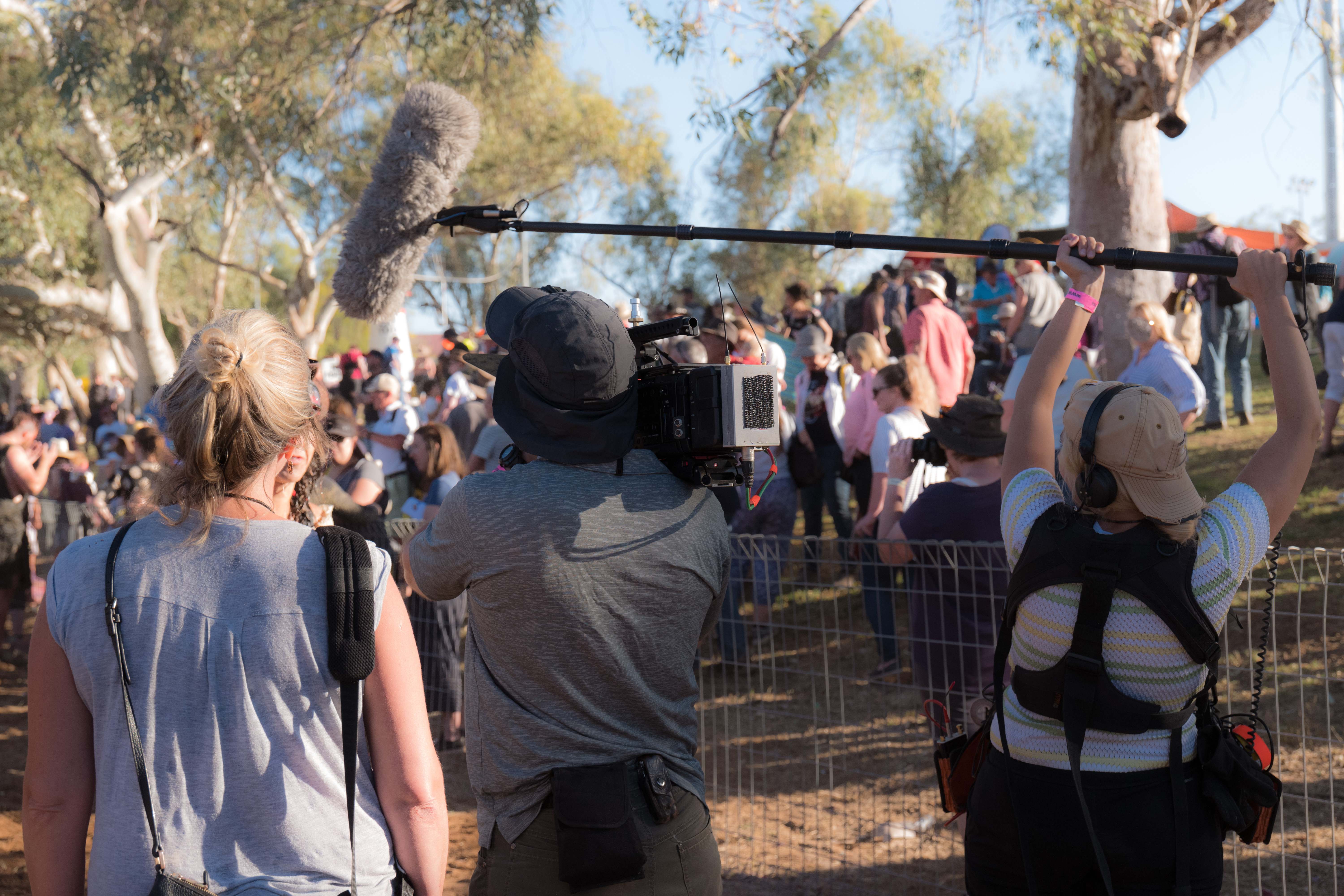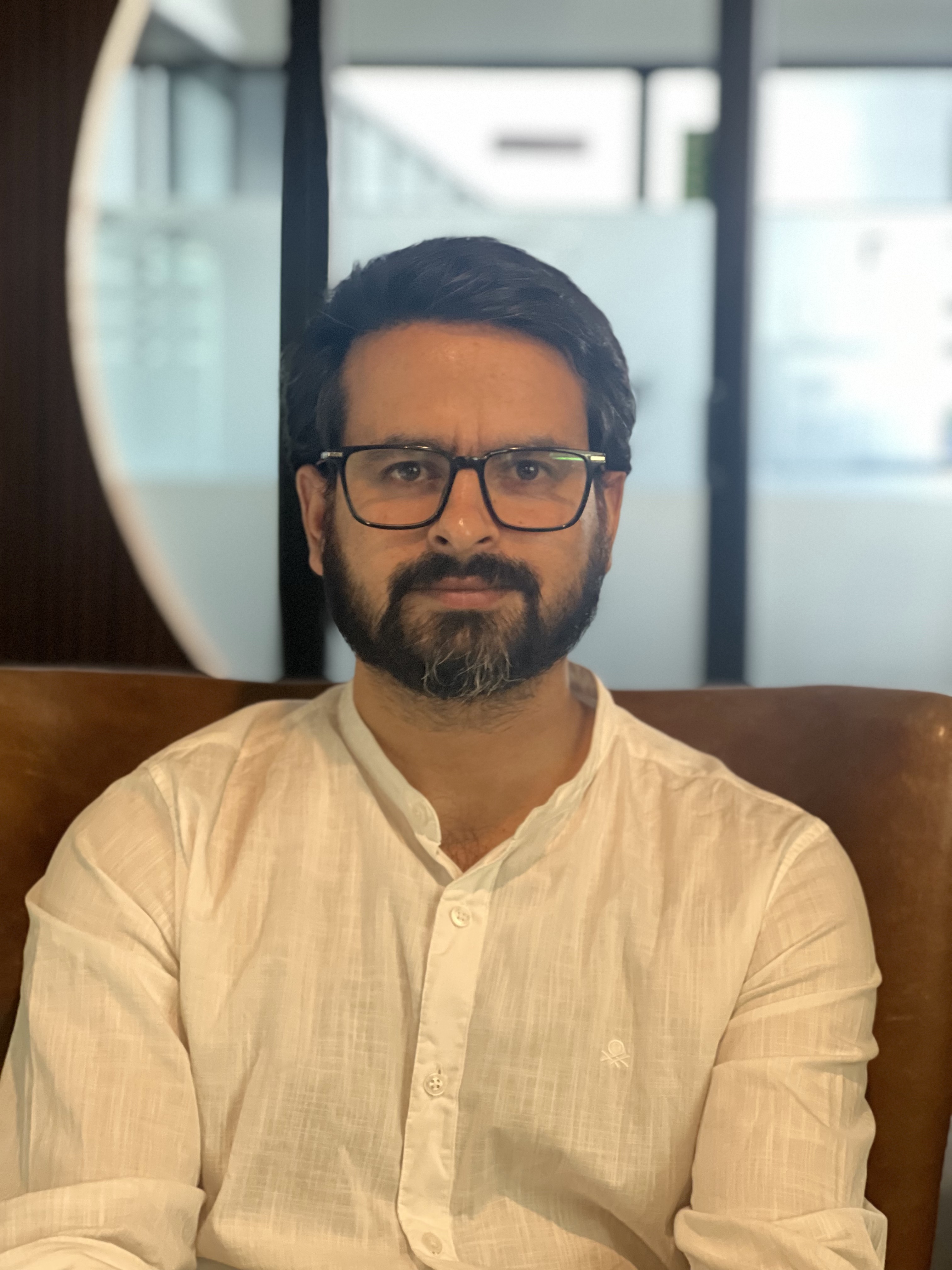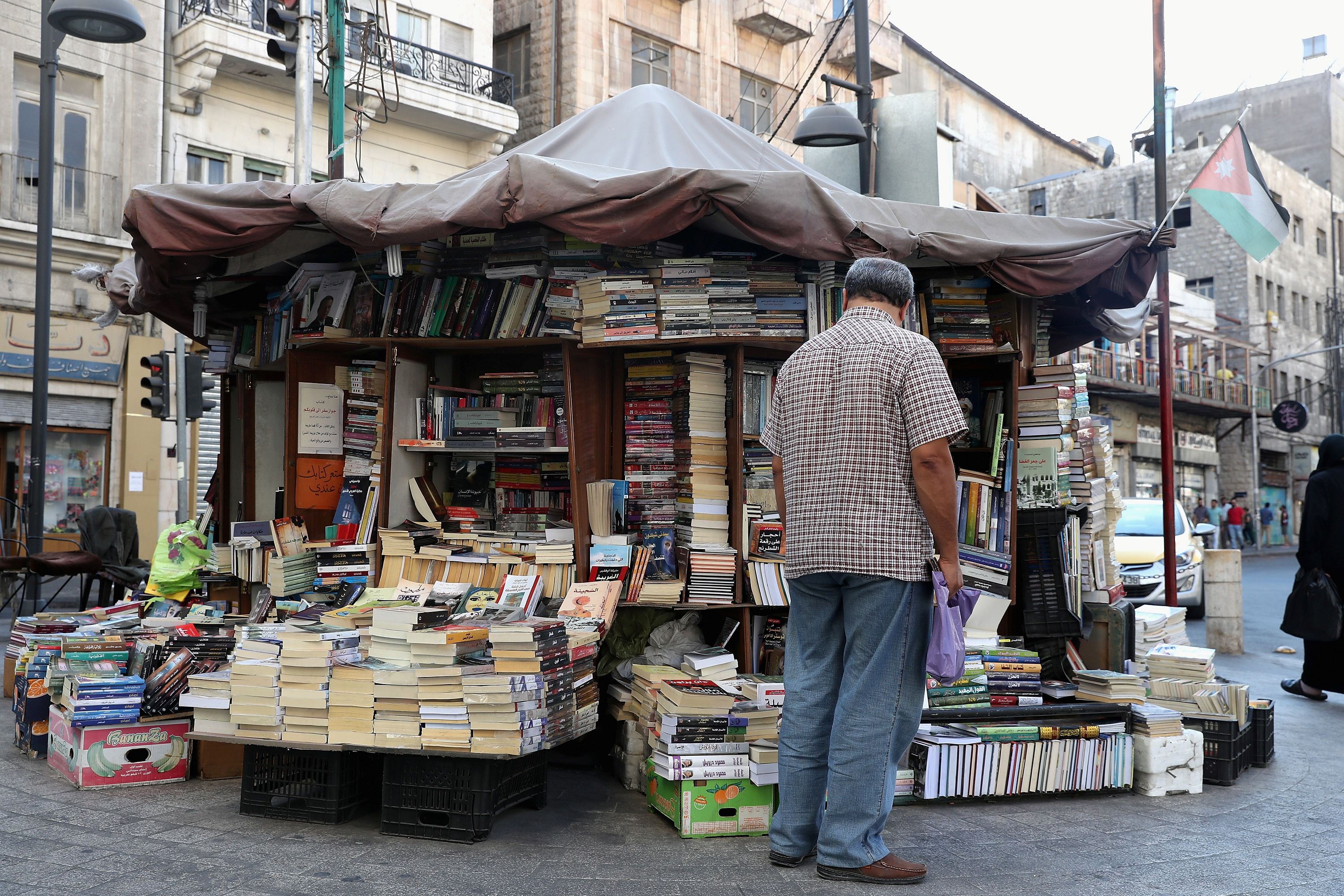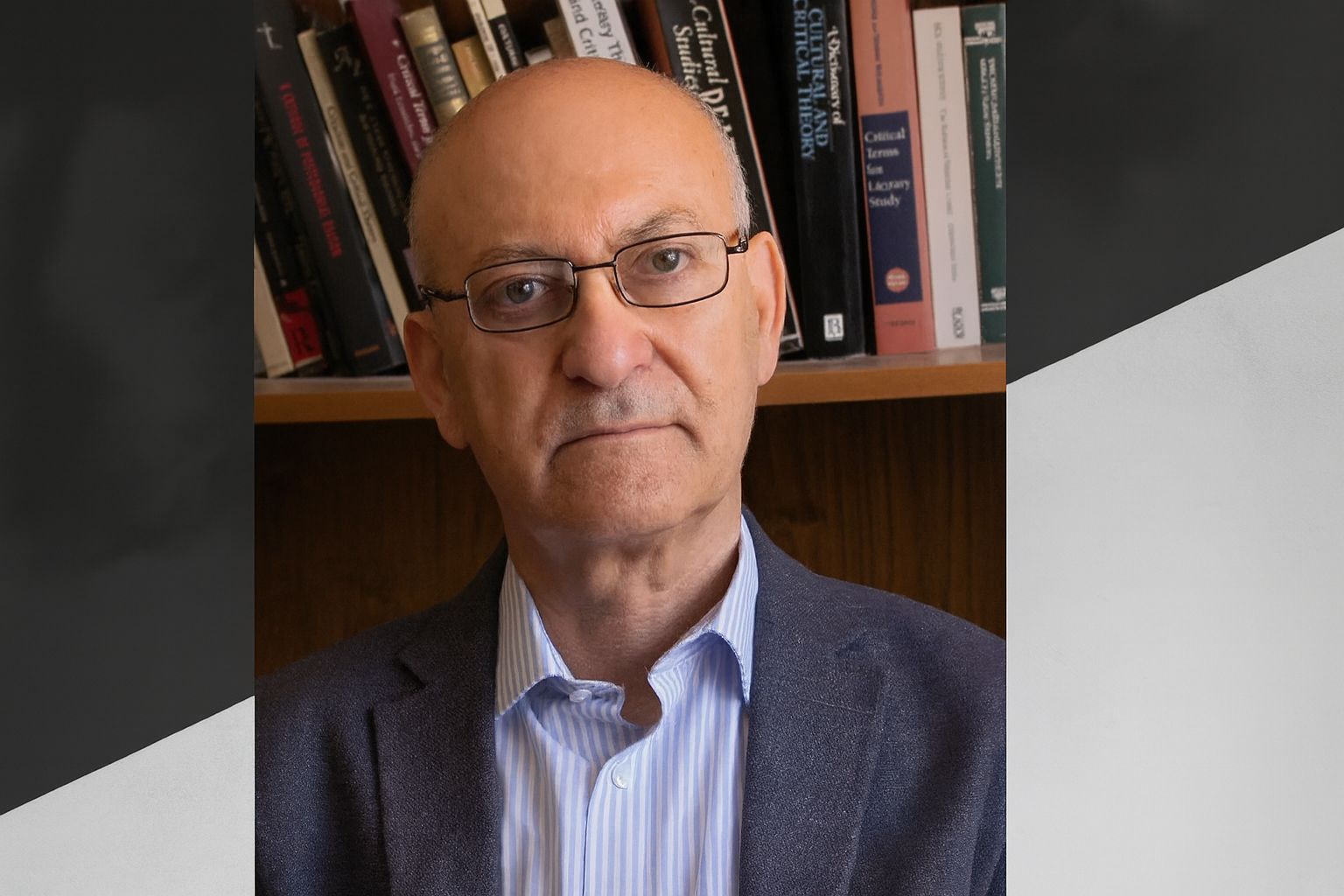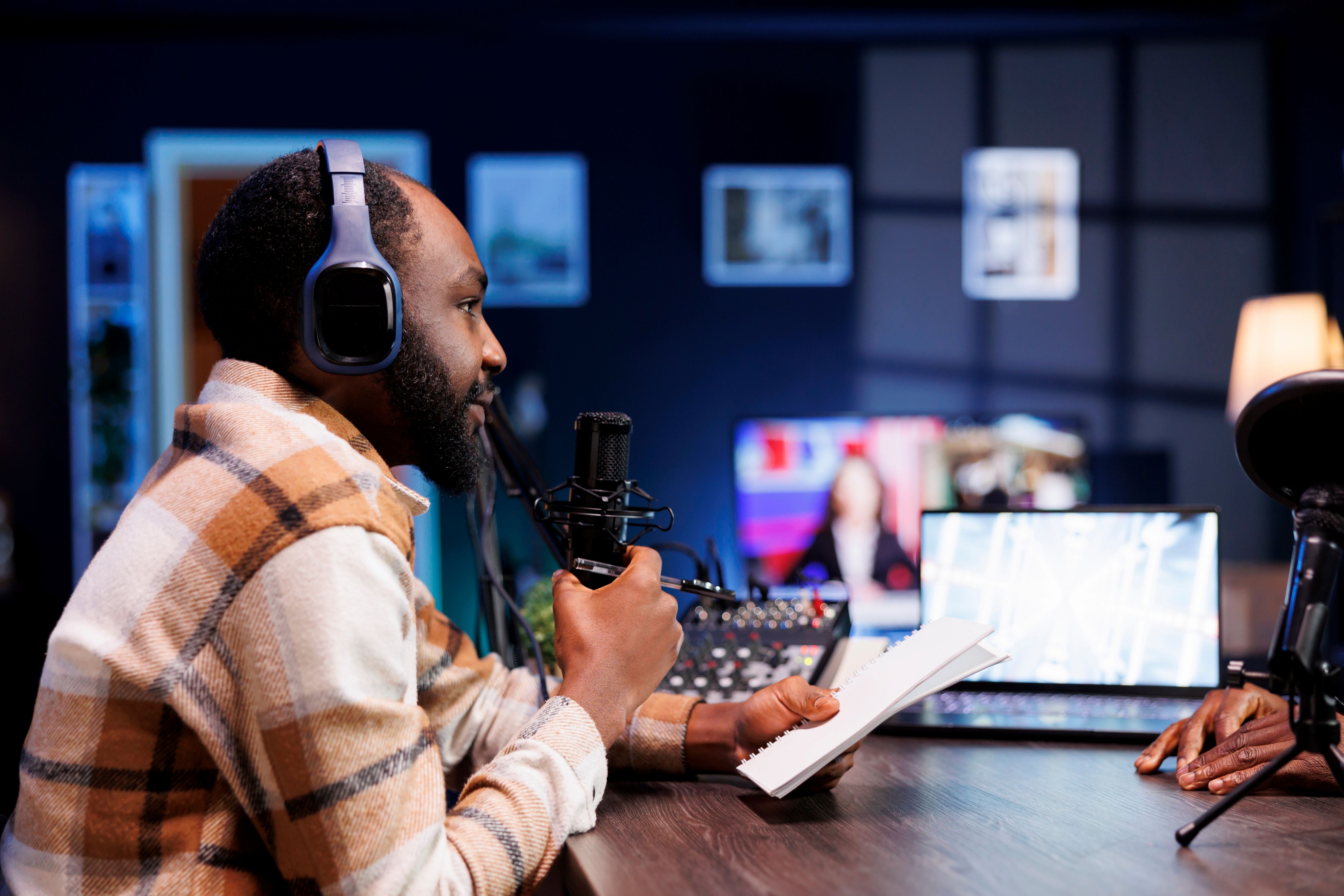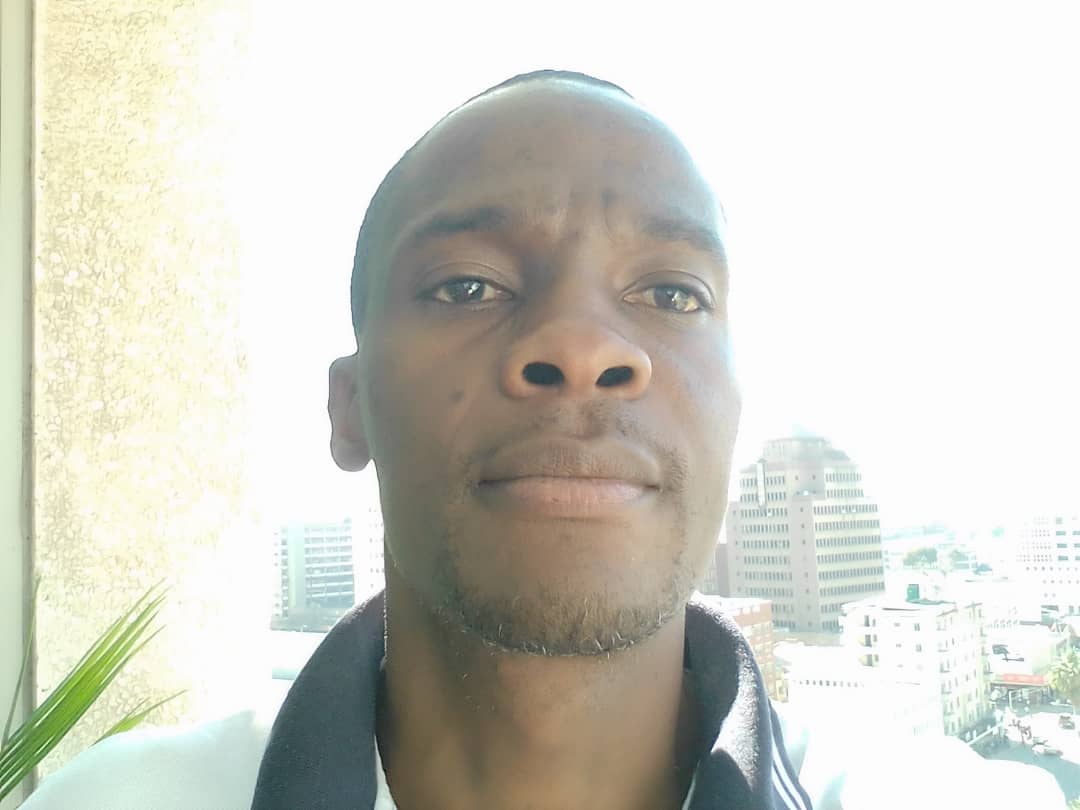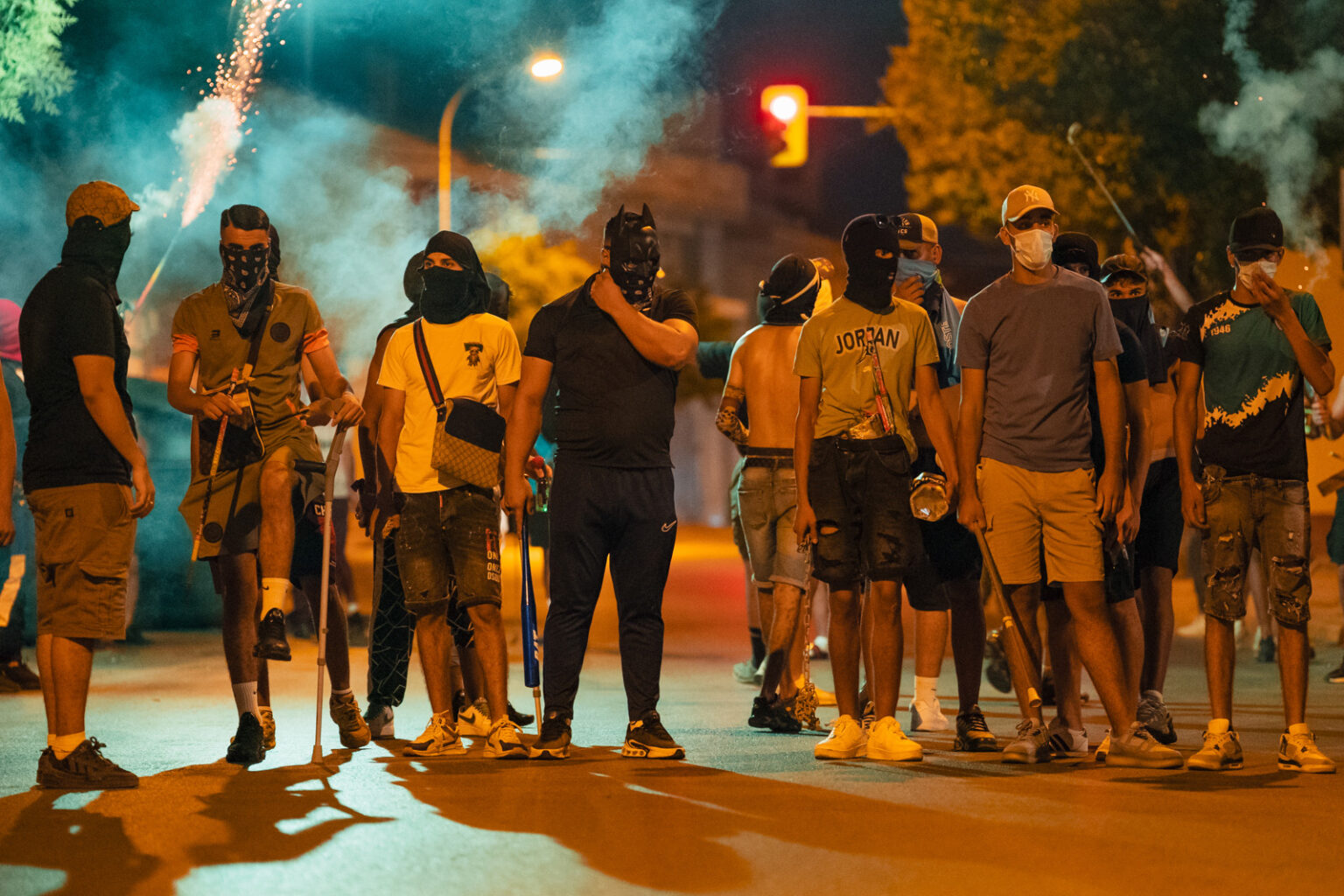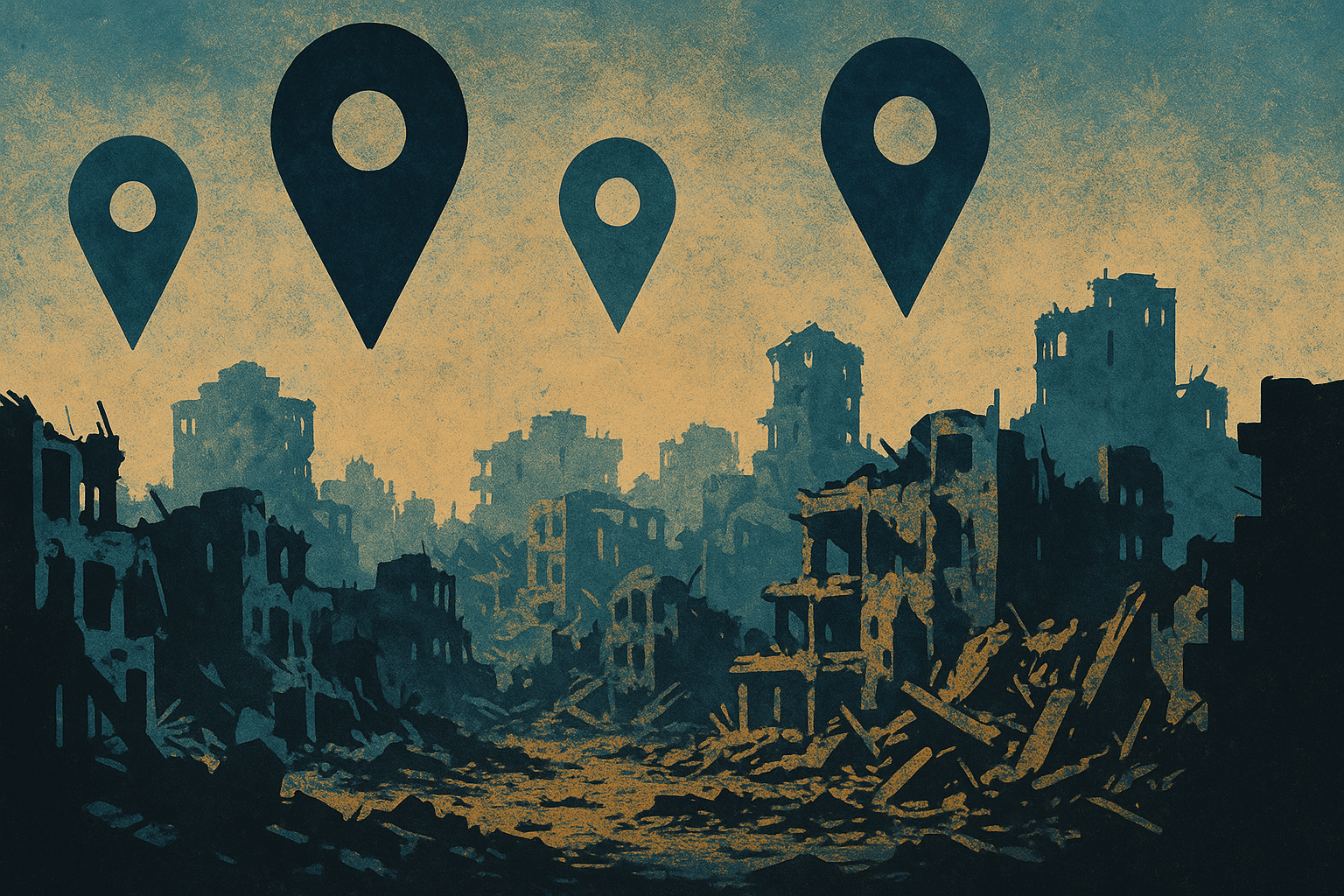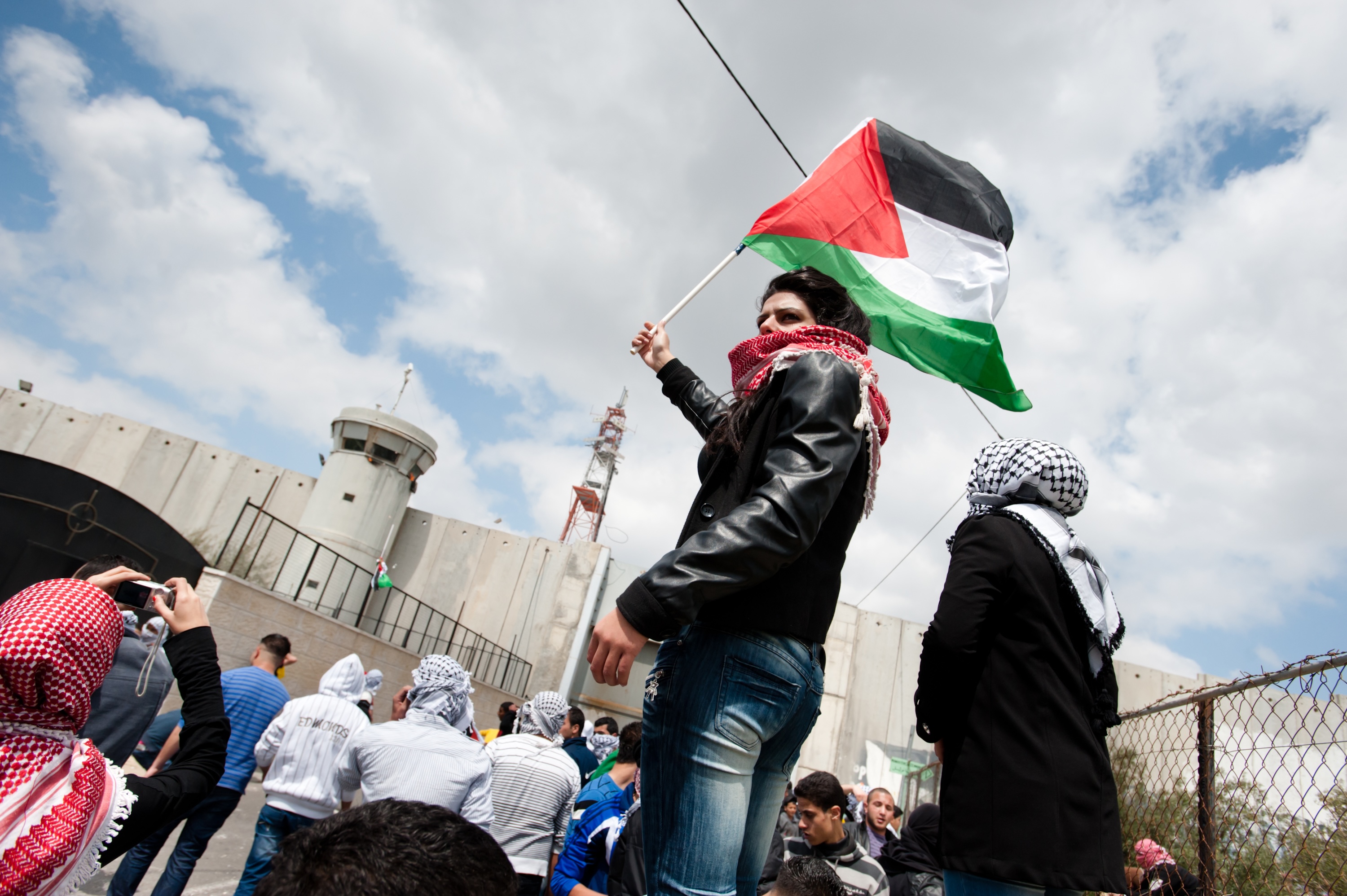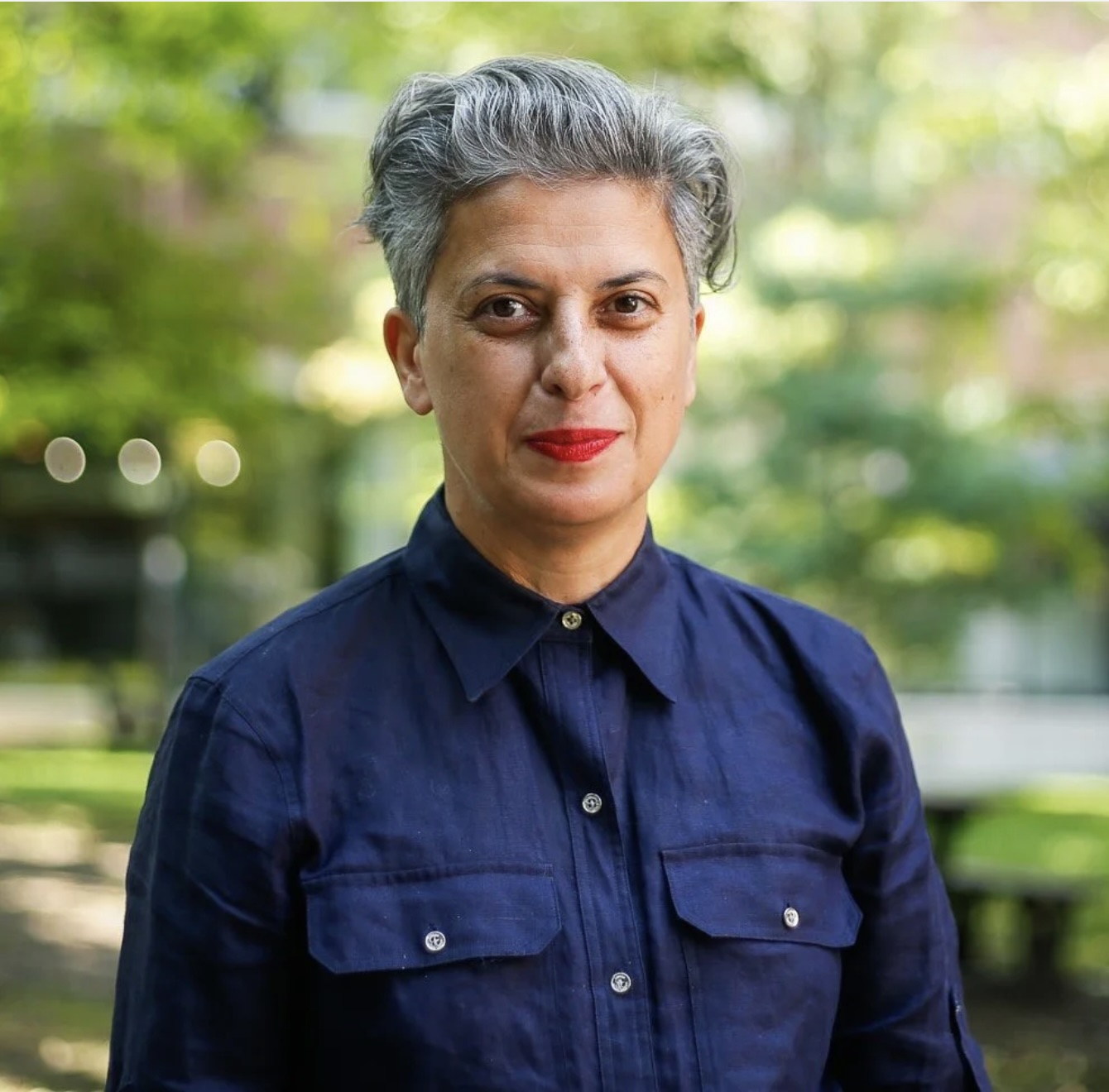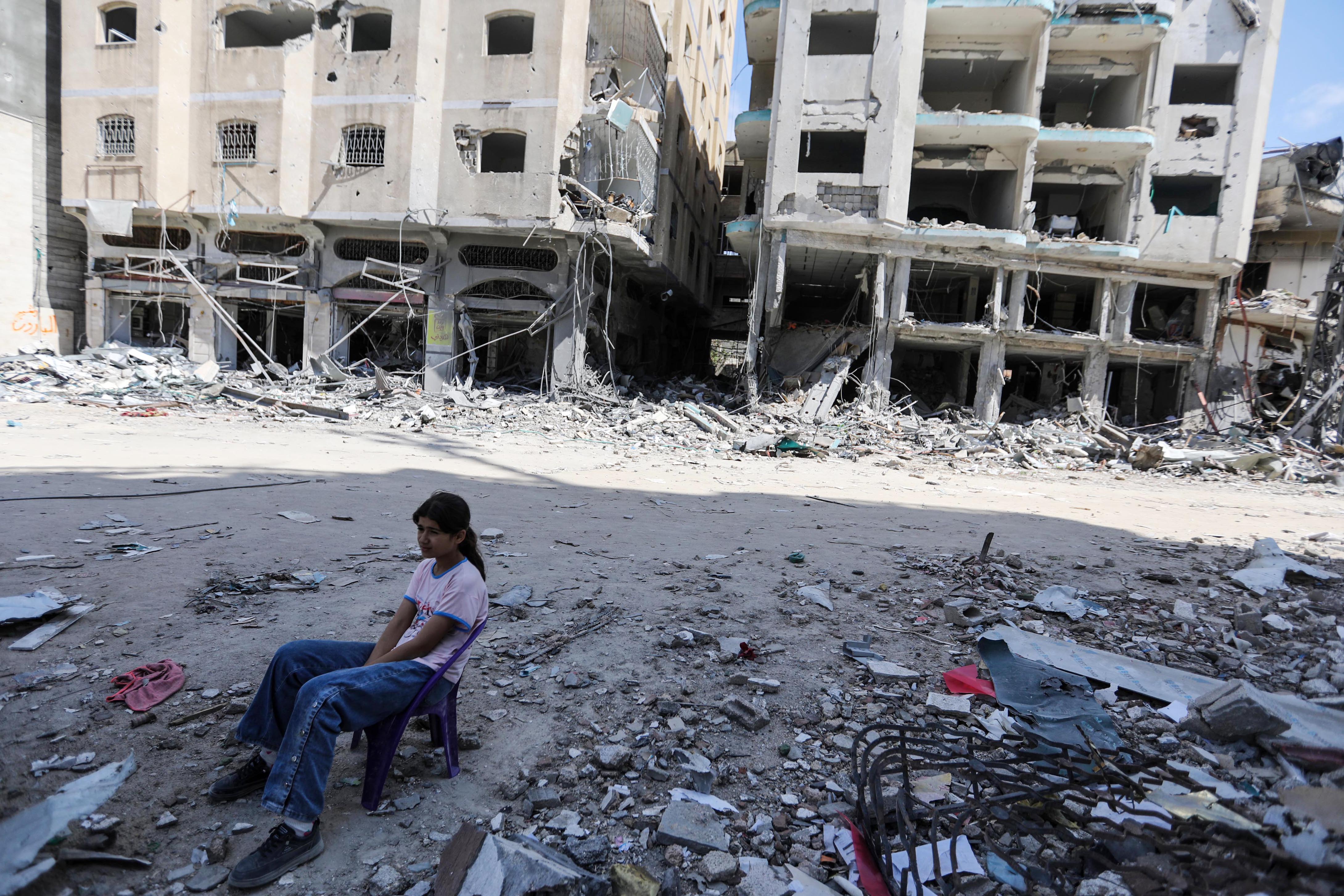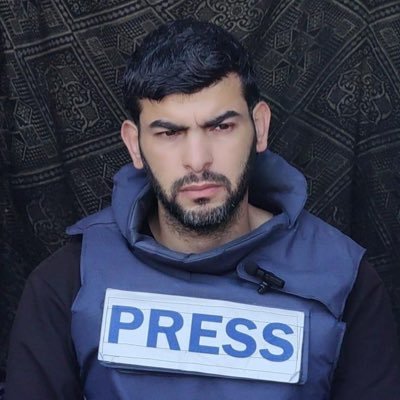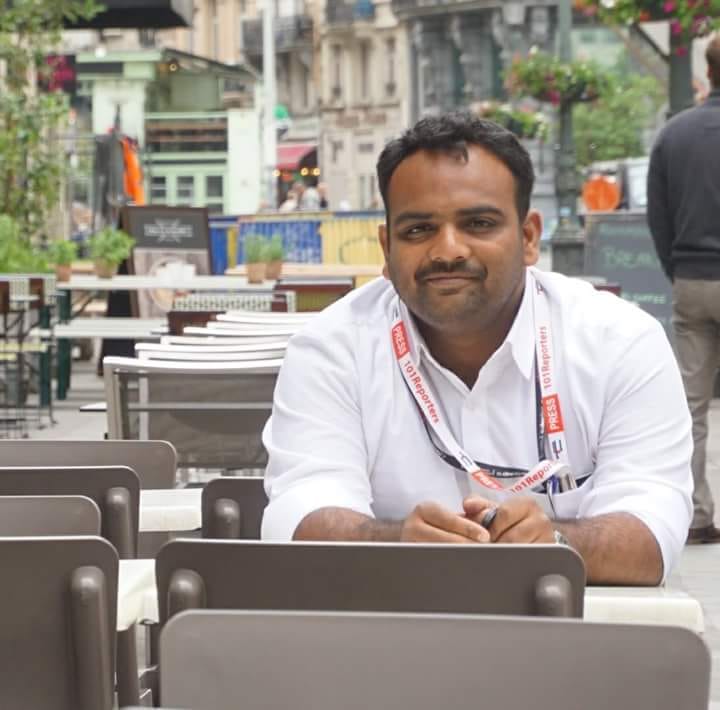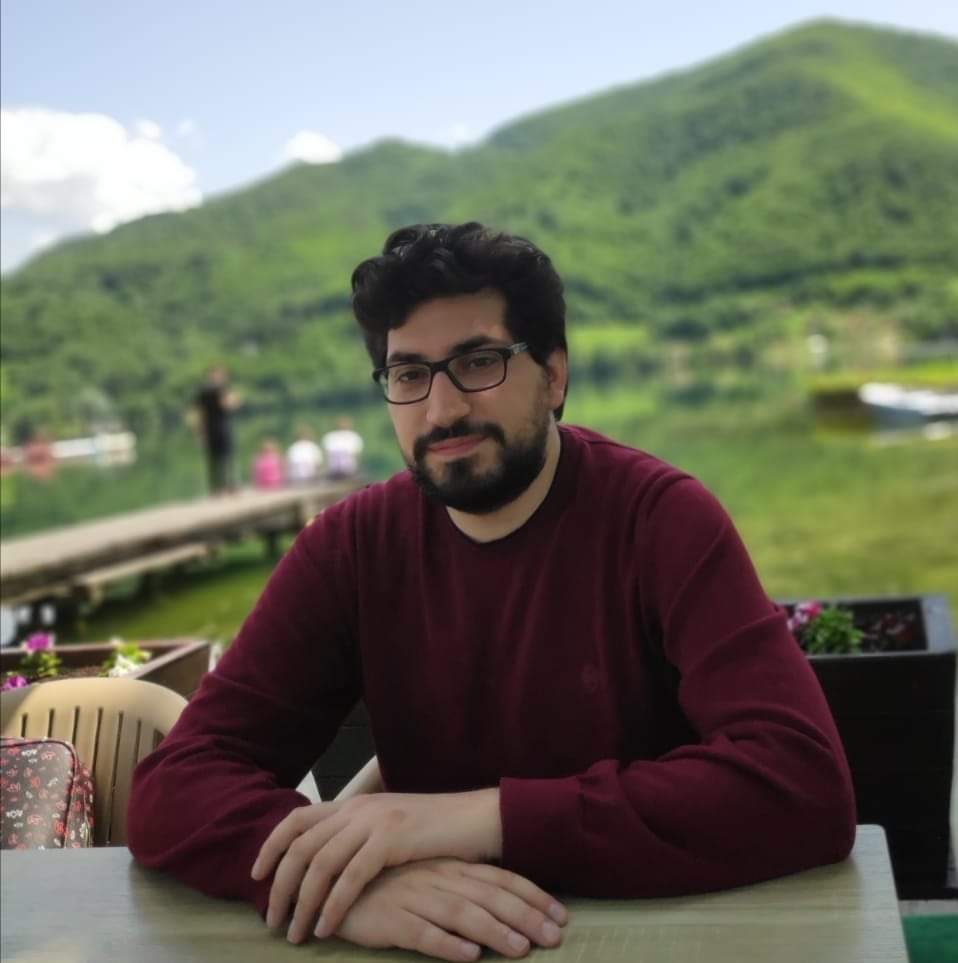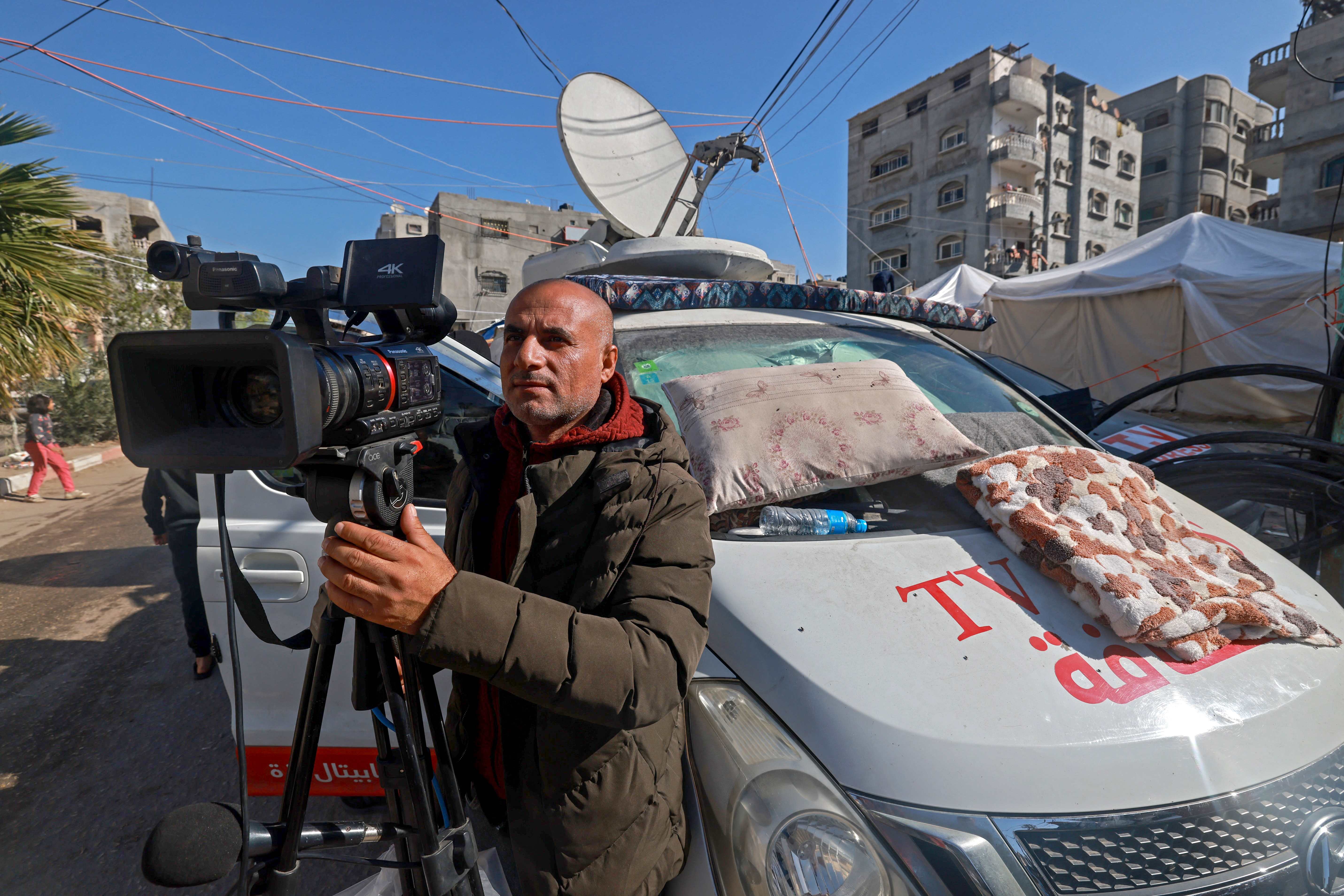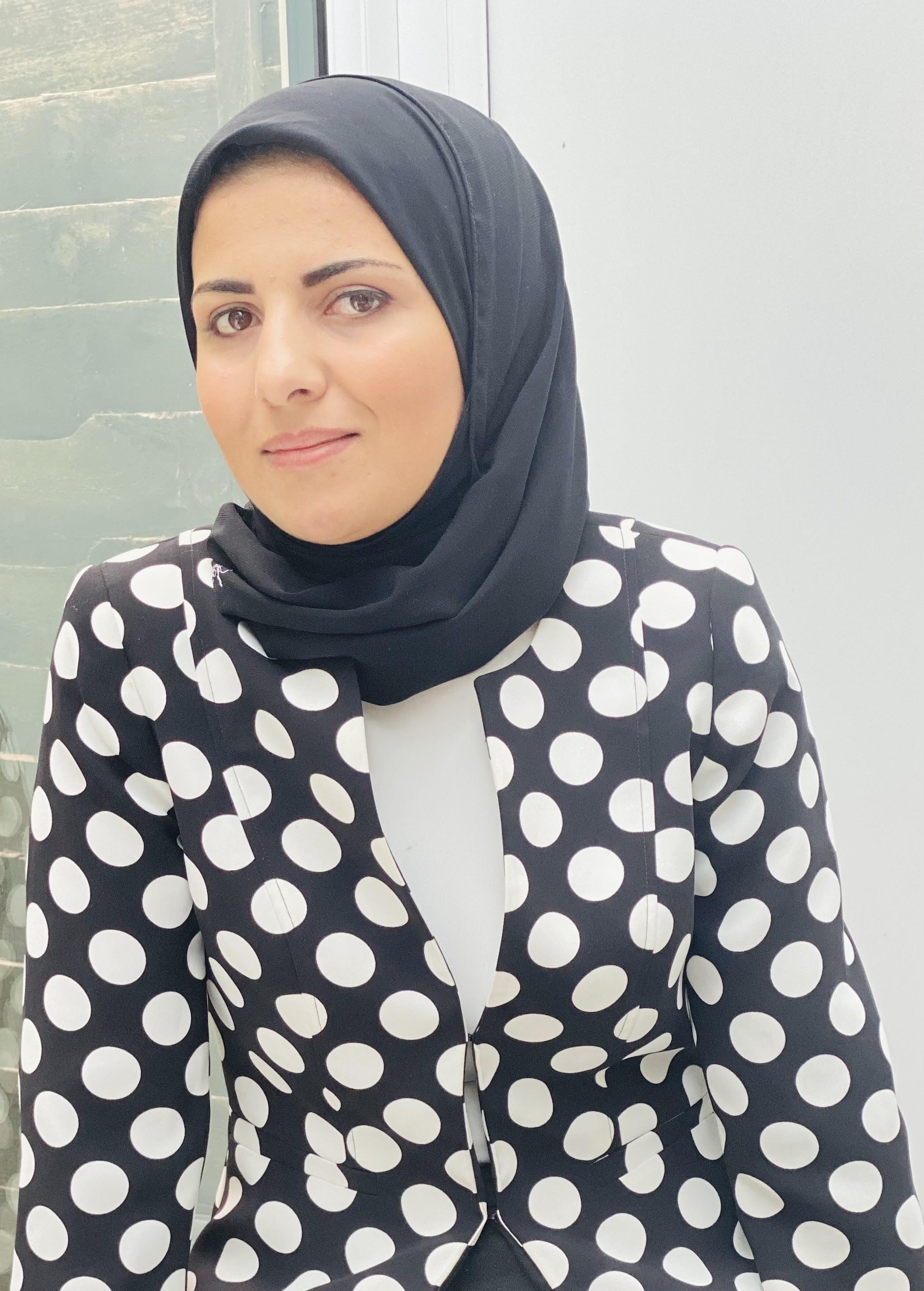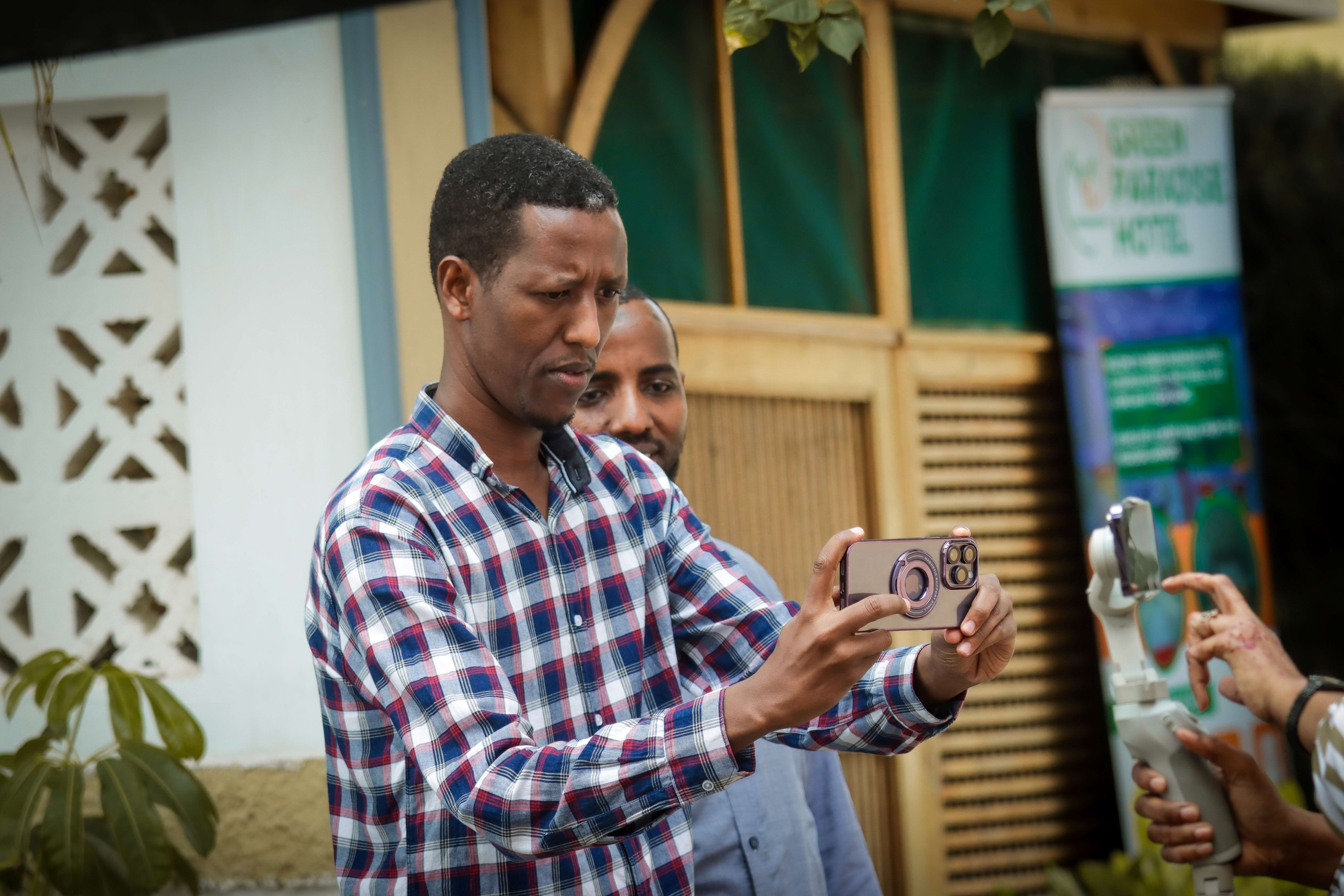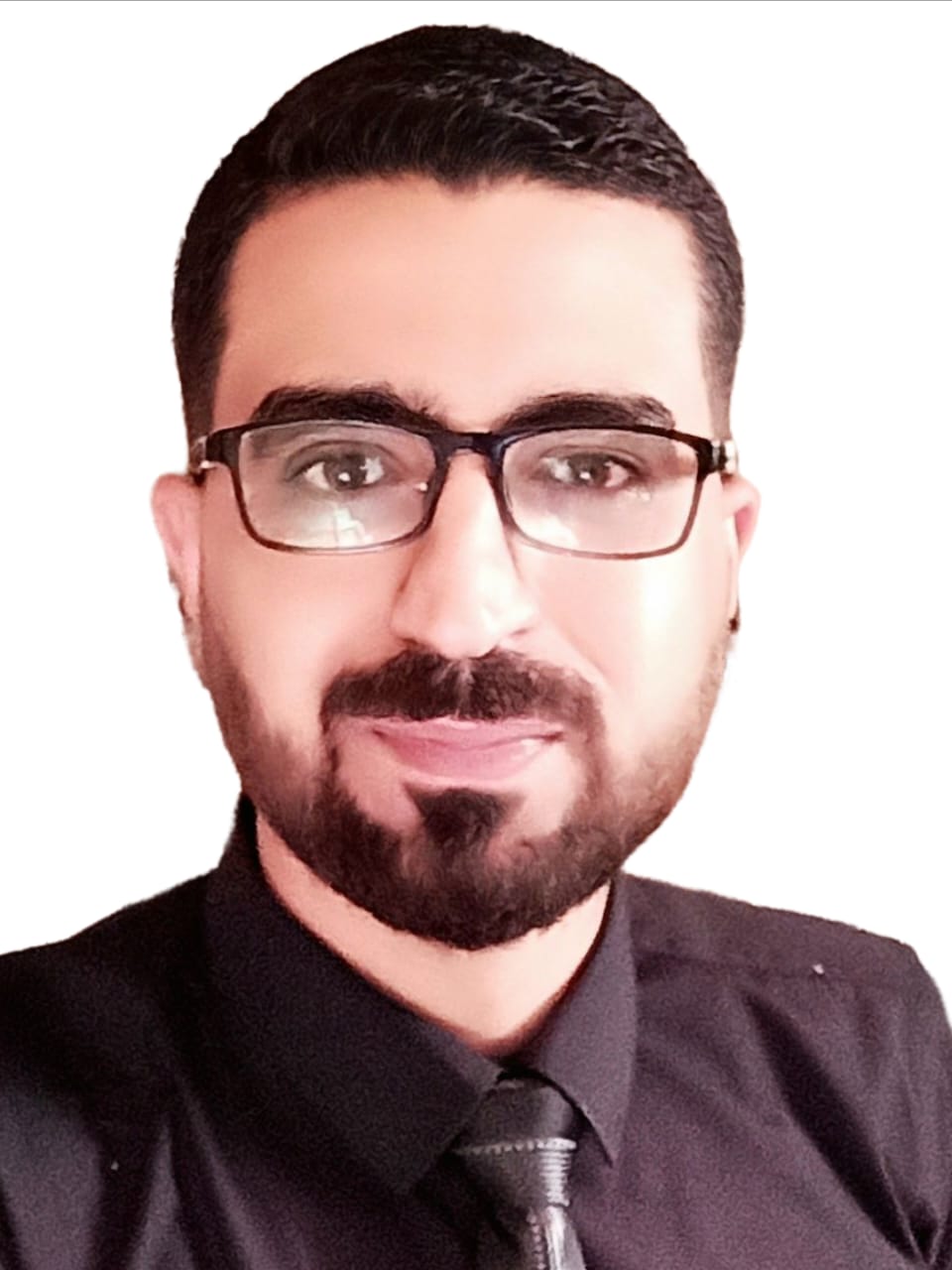وأنا أدرّس الصحافة منذ ثلاثين سنة ونيف، أو أشرف على تدريب الصحفيين في إطار ما نسميه في المغرب "التكوين المستمر"، درجت على أن أثير انتباه الطلبة والمتدربين المهنيين إلى أنه ليس في مقدور التواصل الإنساني أن يتجاوز الأفعال التواصلية التالية: النقل، والشرح، والتعليق. لأقفل ذلك بملاحظة مستفزة: "عبقري من يستطيع منكم أن يجد فعلا تواصليا إنسانيا خارج هذا الثالوث المقدس". كان منهم من يضحك، ومن يجتهد دون أن يفلح في الانفكاك عن هيكل التخاطب الإنساني المثلث الأضلاع، المشار إليه أعلاه.
لكن الأهم من هذا التمييز، هو موقع السرد الذي ينتفي تقريبا في النقل (تجنبا للتشويش على أمانته وموضوعيته، كما في الخبر الصرف أو الخام في مواجيز الأخبار التلفزيونية مثلا)، ويتسامى في الشرح (كما في الاستطلاع والتحقيق والبروفايل وفي جوانب من الاستجواب حين يهمز الصحفي المتحدث لعرض حكاية أو إعطاء مثل ملموس لتعويض التجريد بالحكي)، ويظهر باحتشام في التعليق (الافتتاحية، العمود الصحفي، مقال التحليل، مقال النقد).
وكنت، ضمن أدبيات المدرسة الفرنسية في الصحافة تحديدا، حين أفتح سجل الأجناس/الأنماط الشارحة، خاصة منها الاستطلاع الصحفي الذي يقدم المعطيات والبيانات والوقائع ناظما إياها في ضفيرة حكي ممتع، أُشْرع على مصراعيها بوابة السرد في علاقته بالصحافة. وكنت مجبرا على تقديم بعض التوضيحات المبدئية عمادها أن الصحافة لا توظف من السرد إلا ما يخدم غاياتها، وهي لا تتماهى في ذلك مع السرديات الأدبية التي تستعمل للوصول إلى هدفها ملكة التخييل، وهو ما أسوقه تحت مسمّى "وظيفية السرد الصحفي".
وكنت أذكر دائما أن الصحافة، مهما استعملت من أساليب، فهي تؤثر الوضوح على أي مقوم آخر، متوسلة لذلك بعناصر أخرى يمكن إجمالها في الدقة، والملموسية، والاقتضاب، والاكتمال. طبعا كل هذا ينطبق على السرد كآلية لتوصيل الخطاب الأساس في العمل الصحفي الذي يعتمده. وعلى السرد، تأسيسا على ذلك، أن يكون موضحا للأفكار العامة المرتبطة بالخطاب الأساس لا أن يستحيل إلى ستار كلمات أو أن يخلق تداعيات لدى المتلقي تتجاوز حدود الموضوعية التي هي أسّ الصحافة وعمادها.
ومن جانب آخر، كنت دائما أمثل السرد الصحفي بالمائدة التي لا يمكنها أن تقف إلا على ثلاث قوائم على الأقل، وإلا سقطت. بمعنى أن السرد يجب أن يعتمد في ثلثيه (كحدّ معقول) المعطيات الموضوعية (الأرقام، الإحصائيات، الشهادات، الاستشهاد، السرد التاريخي، عرض الوضعية، أسبابها ونتائجها، الوصف الموضوعي للحالات والظواهر والأحداث)؛ وأن يتم، في ثلثه المتبقي، توظيف ما يسمى "الملاحظات المَشْهدية" (الانطباعات حول الأجواء العامة مرتخية، متشنّجة، عادية...)، التعبير عبر عناصر الطبيعة (السماء صافية، مكفهرّة، سحابة عابرة، زهرة طرية على الجانب الأيسر من مكتب المدير...)، رصد الحالات والوضعيات والجزئيات الموحية بالنشاز وعدم الانسجام (ربطة عنق ذات لون فاقع لمتحدث خجول، نقابي ذو ساعة ذهبية، كلام بذيء يصدر عن شخصية عامة، صراخ في موقع الكلام الهادئ...)، توظيف الحواسّ الخمس ( البصر، السمع، الشم، الذوق، اللّمس)، نقل الحركات والسّكنات الدالّة (متكلّم ينفث دخان سيجاره بشراهة، متحدّث متهالك على كرسيه، وجه عبوس، صوت متقطع...)، توظيف الطُّرَف والمواقف الهزلية أو الساخرة التي تدعو إلى التأمل (1).
أما القائمة الثالثة، فهي تتعلق بـ"سَنْيَرة" الموضوع/القصة (باللغة الفرنسية scénarisation)، من حيث البناء أساسا. وهنا لا بد من تبنّي تقنية قانون التعاقب الذي يكسر رتابة القصة، باعتماده تنويعا في طبيعة فقراتها التي يمكنها أن تنبني أساسا على شهادة، أو مشهد، أو إحصائية، أو سرد، أو فعل (action)، أو فكر (réflexion)، إلخ.
وأذكر أنه حين كنت ألقي سؤال الفرق بين الوصف والسرد، يرتبك كثير من الطلبة المتكوّنين في إعطاء جواب شافٍ. لأضطر لتبيان أن الوصف جزء من السرد، وأن طبيعته سكونية، لكن لها ميزة تلوين القصة الصحفية وتكثيف محطات داخل مسار السرد الزمني، للتحسيس بها أكثر وخلق انطباعات خاصة عنها موردا الأمثلة التي توضح ذلك عبر عينات من الصحافة العربية والدولية.
طبعا، لا أظن أن مؤسسات التكوين في الصحافة تعلم المتكونين داخلها فنون التعامل مع السرد الصحفي خلال ورشات عمل حقيقية يتم فيها إكساب آليات السرد الصحفي، وليس فقط عبر قواعد فضفاضة قد تسقط الصحفي السارد في أحابيل الحكي المجاني.
ومهما كان الأسلوب العام الذي تنتهجه الصحافة عبر العالم، وهو ما نتج عنه تمايز بين الصحافة الأمريكية والفرنسية مثلا، حيث تشتغل الأولى وفق قواعد الأجناس الصحفية، والثانية بالاستناد المكثف إلى مفهوم القصة، فإن الاشتغال بمرتكزات آليات السرد يجب أن يظل فيهما هو نفسه.
وفي هذا الصدد، على الصحفي أن ينأى بنفسه عن تمثل السرد الصحفي فقط كمصيدة للمتلقي، بهدف رفع "المبيعات" وخلق درجة وفاء معه تقوم على شكل المادة المعروضة لا جوهرها. إذ يجب ألا ننسى، تماشيا مع هذا الطرح، أن "الصحافة الجديدة" التي ظهرت في الولايات المتحدة الأمريكية في ستينيات القرن الماضي لم يكن همها أنسنة الصحافة فقط، بل كذلك توسيع قاعدة الجمهور المتلقي بضخ شحنات كبيرة من الدراما في المنتج الصحفي، وصولا - في حالات معينة - إلى نوع من "الهوليودية الصحفية". ولم يحظ هذا المنحى باهتمام الصحافة الأوربية عامة التي ظلت متشبثة، ولحد الآن بخيار الأجناس.
وتعلل ظروف التنافسية الشديدة على الجمهور في الولايات المتحدة الأمريكية خيار السرد الصحفي المكثف فيها، حيث تظل أكثر ارتهانا بالإشهار والربح، مقارنة مثلا بالصحافة في فرنسا، البلد الذي تعتبر فيه مساعدات الدولة للصحافة الأكبر بعد إيطاليا.
وكان من بين أهم الانتقادات التي وجهت للصحافة السردية التي تؤسس تصورها على الشخصنة، أنها لا تستطيع من خلال ذلك القيام بالتحليل البنيوي للسياق الاجتماعي، ولا الإمساك بديناميات السلطات داخل المجتمعات، الأمر الذي يحتاج إلى إعمال آليات المنطق أكثر من توظيف نبض المشاعر، وغواية الدراما. مع اعتبار أن المنحى العام للصحافة السردية يجنح للوصف لا للشرح.
طبعا هذا التصور ليس صائبا ولا خاطئا تماما. لأن من خصال الصحافة السردية أنها تفكر بمنطق الميدان والأنسنة والشخصنة. وتذهب نينا بيرنشتاين Nina Bernstein، الصحفية في نيويورك تايمز، المتخصصة في قضايا الهجرة إلى أن "القصص الفردية وسيلة قوية لملامسة رهانات أكبر" (2). وقد يكمن التمايز في أسلوب الصحافة الأمريكي والأوروبي عامة في منسوب السرد فيهما، لا في جوهر الاشتغال بالسرد كمعطى خطابي لا مندوحة عنه، خاصة في المواد الصحفية التي يروم من خلالها الصحفي رفع درجة التحسيس حول موضوع ما، واستمالة وجدان المتلقين للاهتمام به.
ويقول رودني بينسون، عالم الاجتماع الأمريكي والمتخصص في شؤون الهجرة، في مقارنته لتغطية قضايا الهجرة في الصحافة الفرنسية التي تعتمد الأجناس الصحفية والأمريكية التي توظف السرد الصحفي (3) إنه على الرغم من أن النهج الفرنسي المتعدد الأجناس يحتوي أيضًا على عيوبه، إلا أنه يتغلب على الحدود التي ترتهن بها الصحافة السردية. إذ يتضح أن الصحافة الفرنسية، بتوظيفها للمعلومات وبيانات الخلفية والتعليقات والمقابلات مع الخبراء، مجهزة جيدًا لالتقاط التعقيد الهيكلي والتنوع الأيديولوجي والسياق التاريخي. إن النهج الصحفي الفرنسي يوفر عناصر تجاوز "البعد الإنساني" للأفراد المهاجرين، لملامسة لماذا وكيف تتم الهجرة كعملية اجتماعية. إنه يدمج السرد لكنه لا يقتصر عليه. وهذا المنحى، دائما حسب بنسون، لا يقتصر على فرنسا ولكنه لوحظ أيضًا في وسائل الإعلام العامة في البلدان الأخرى (مثل خدمة البث العامة الأمريكية أو "PBS").
نخلص من هذا إلى أن السرد الصحفي سيظل عنصرا متميزا وحيويا في كل أساليب الصحافة عبر العالم، لكن الاهتمام به يجب أن يتجاوز الخيارات والأساليب الصحفية التي تختلف وفق سياقات تطور الصحافة في بلد أو آخر أو في منظومة بلدان أو أخرى، لينصبّ على وظيفية السرد الصحفي، وغاياته، وأنواعه، ومقوماته، وتداعياته، وأخلاقياته.
وهو الأمر شبه الغائب في مساقات التدريب داخل مؤسسات التكوين الصحفي في العالم العربي.
مراجع
(1) "دليل الصحفي المهني: الاستطلاع الصحفي"، عبد الوهاب الرامي، منظمة الأمم المتحدة للتربية والثقافة والعلوم (اليونسكو)، والنقابة الوطنية للصحافة، 2004.
(2) خلال ندوة "تغطية الهجرة"، المؤسسة الفرنسية الأمريكية، باريس، نوفمبر 2009.
(3) انظر دراسته الصادرة في "Politiques de communication"، 2015/1، العدد 4، ص. 187-209.
